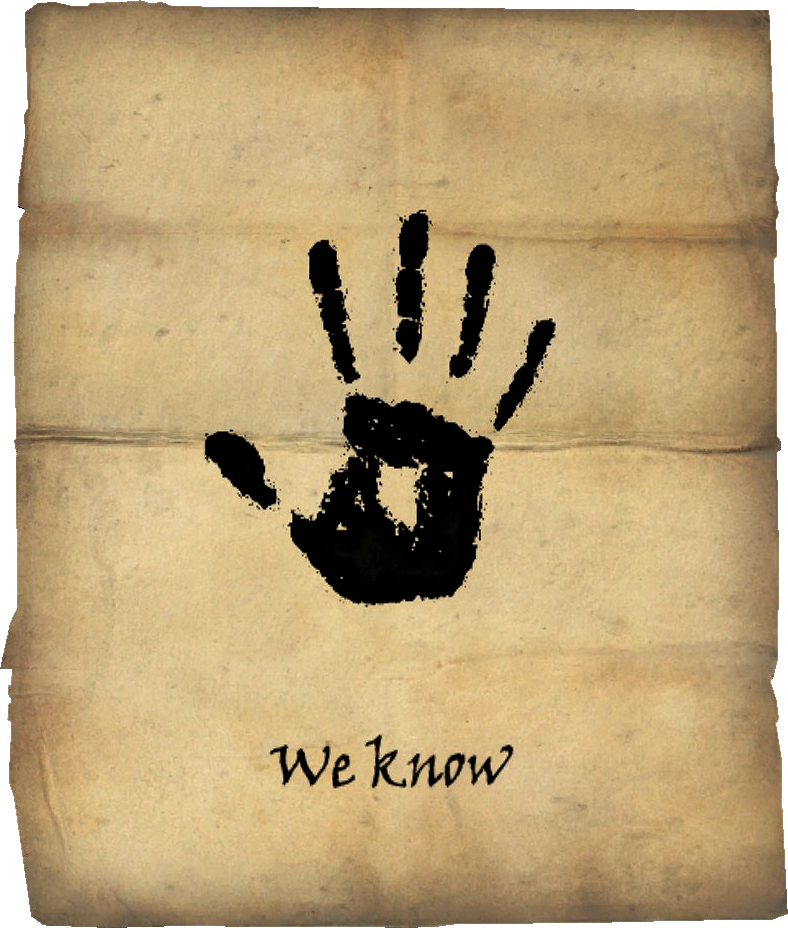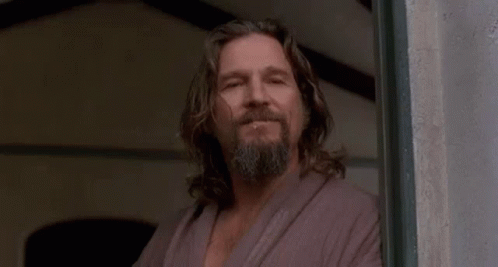I watch a lot of Dead Mall videos on YouTube and I wanted to see what everyone’s thoughts are on why there’s so many dead malls now.
Hrm. No one has mentioned the decline of middle class wages.
I remember in the … late 70s/early 80s my mother would drag us to the mall nearly every weekend. She was there to buy clothes. She always wanted something new and she wanted to try on at least a dozen items before buying one or two. I was thrilled when I was old enough to go off to the record store and/or hobby store while she did that. Earlier, I begged to go the the toy store, but was typically refused. Later, I was at the book store getting paperback scifi.
I don’t think people have as much disposable income as they did then. I don’t know many people who can buy as much frivolous stuff as my folks used to. I guess I could technically buy stuff all the time, but I want to save fore retirement. My folks had pensions. I have to put it away myself.
The disappearance of defined benefit retirement plans is yet another way those on top are boning us, and it is NOT being talked about enough.
It actually screws us 2 ways. First, by removing liability/responsibility from the company and putting it on people. Second, by forcing everyone to have to car about the stock market, and be subject to its whims
I’ll also offer the “sameness” of everything at malls. Let’s say you want jeans. There’s five shops that carry jeans. You want “normal” jeans, iow, not torn, not bleached, etc. Each shop carries jeans, but they are all some version of torn, worn, bleached, etc. For all the variety, they’re all the same.
Plus, mall overhead and branding makes the shops quite often more expensive than you might find at something like a Target or even a Kohls.
I’ve found that taking my kids to the mall to check out clothing we more often than not buy nothing despite visiting a half dozen shops. It’s all variations of the same thing along with being designer pricing.
So I’m not in America and might be able to offer some insight. Others have mentioned big box stores, online shopping, and lack of money as the main culprits. I’m fairly certain big box stores are not it, and the fault may lay almost entirely on amazon.
Where I’m from, malls are still the place to go for new things to buy, including electronics, clothes (of varying degrees of quality and price), drugs (the legal kind), and home decor. Businesses like Walmart (as in, supermarkets that sell things other than groceries) have shops inside those same malls. In the whole city, there is one standalone Walmart, in the emptiest part of town with middle-upper class suburbs around it. The one exception is Costco, which has two franchises in town, not inside a mall, but the demographic that goes there is decidedly middle class families and businesses.
We can order stuff from amazon, but it ends up being about the same in terms of cost, and takes up to a month to arrive. Money is tight for pretty much everyone at the moment, but we all still go to the mall from time to time, for one reason or another.
For example, I’m overdue a visit to get my eyes checked again, my glasses need replacing. And I’ll probably stop by the radioshack (yup, remember that?) and nab some rechargeable AAs.
Malls were dying in the US well before Amazon and online shopping itself was meaningful. Big box stores did a number on them. Best Buy and Circuit City had nearly the same selection of music that mall music stores did for much lower prices. Stores like Barnes and Noble and Books-A-Million eviscerated the smaller more expensive mall book stores. Walmart, Target, and the like hit everything else.
Once that decline happened, I noticed that many malls started going after the kids that just hung around malls and weren’t in constant spend mode. Teens were treated like pests that were not wanted. Guess who got the message and didn’t come back a few years later when they had jobs and money?
Malls in the 80s and early 90s were pretty awesome, but malls told us to fuck off so we did. They can rot.
Interesting. Malls around me seem to cater mostly to young adults with expendable income. Lots of non-traditional cuisine (commercialised of course, not high-brow places), wine bars, etc. Places where you’d go to on a night out with the gang.
Now that you mention it, they have stopped catering to the youngest demographic. I think the laser tags closed down before the pandemic, and the arcades have been gone for a decade. Unless Chuck E. Cheese has some, I haven’t been. Maybe we’re catching up, then. I still see young teens, around the age I was when I visited those places, walk around. No idea what shops they go into though. Maybe the ice cream places, and the food court.
Malls were being killed by big box complexes before Amazon was prevalent, but the one-two punch didn’t do them any favors.
I see it as a combination of things…
Big box retailers.
Online sales.
People stopped going to movie theaters.So what’s the reason to go to a mall? Crappy food court food?
Paradoxically, I would still go to movies if they were willing to kick people out for using their phone once during the film. There’s only one theater in my area that’s strict like that.
When I was a teenager the local mall made it quite clear that they didn’t want teenagers in the mall. I think it just stuck for a lot of us.
The mall near me used to be a place where kids could get together even if they didn’t have money to spend all day buying things. They made a rule that young people in groups of more than 3 would be treated like a gang. I have no sympathy for them losing patrons.
It was always short sighted tax policy. We’re just living with the blowback.
But in 1954, apparently intending to stimulate capital investment in manufacturing in order to counter a mild recession, Congress replaced the straight-line approach with “accelerated depreciation,” which enabled owners to take huge deductions in the early years of a project’s life. This, Hanchett says, “transformed real-estate development into a lucrative ‘tax shelter.’ An investor making a profit from rental of a new building usually avoided all taxes on that income, since the ‘loss’ from depreciation canceled it out. And when the depreciation exceeded profits from the building itself—as it virtually always did in early years—the investor could use the excess ‘loss’ to cut other income taxes.” With realestate values going up during the 1950s and ’60s, savvy investors “could build a structure, claim ‘losses’ for several years while enjoying tax-free income, then sell the project for more than they had originally invested.”
Since the “accelerated depreciation” rule did not apply to renovation of existing buildings, investors “now looked away from established downtowns, where vacant land was scarce and new construction difficult,” Hanchett says. "Instead, they rushed to put their money into projects at the suburban fringe—especially into shopping centers.
http://archive.wilsonquarterly.com/in-essence/why-america-got-malled
I long for third spaces.
The mall is an ouroboros that demands I spend. But if it had a park combined with it, if it was just a series of semi-connected strip malls around a central or spread out park/walking path I’d be there constantly.
The mall just isn’t a enjoyable place to hang out unless you truly have no other choice, and even teenagers who don’t are opting to hang online because it’s less expensive and doesn’t require transit.
Yes! I’m amazed at how few responses here bring up the lack of attraction in a mall. Nearly every square foot has been given up for dumb kiosks for cell phone cases or something like that. There’s just nothing to give some warm fuzzies about visiting - a water feature, a kids play area… Heck, I grew up near the first indoor mall and at one point they had a giant parakeet cage. If one landed on your finger, you could keep the bird.
Anecdotal, but I grew up in the heyday of malls and my local mall was one of the largest, and is now one of the most famous dead malls. The mall was in decline when Amazon was still in its infancy, mostly still selling books. Buying clothes online was considered lunacy at the time because there was no fitting rooms to try things on. Still, vacancy was on the rise in the mall and once a few violent crimes started happening inside that was all she wrote. “Big Box” stores like Walmart became more of a draw than driving all the way to the mall.
I think the reasons for the death of the mall are more complex, just like the death of the department store. There were lots of weird tax incentives, both for developers, and for (mostly white) residents fleeing the urban core during the 90s. Those were not sustainable. Malls themselves were a bit of a private equity shell game which couldn’t last. The story of dead malls is more about capitalism and land use policy than just Amazon.
I’ll never forget Forest Fair Mall in those first years though. It’s 1.5 MILLION square feet, and it was absolutely packed, especially during Christmas. Humongous fountains, sand sculptures, live music… every single spot of its airfield-like parking lot was full. The only thing today that I think comes close, if younger people want the experience, is the main concourse of a top ten airport.
What killed the mall:
-
It was an experiment on the 3rd place (read up on it) and it failed at that.
-
Big box retailers wanted big, huge, gigantic stores. So they left malls to open them.
-
Being surrounded by parking structures doesn’t look appealing.
-
High rent for mall space.
-
Amazon.
-
*Other entertainment options are much better now with streaming tv, video games, etc.
also a big thing was the rapid openings of malls in the 80s and 90s. honestly they opened too many of them then just kind of limped along as it was too hard to close and Sears kinda funded them till their death.
Also people getting used to group chat and online games with friends, being able to socialize more effectively made activities like the mall pointless.
That’s why when you go to places where people used to hang out to socialise most people are just on their phones, the phone is better.
Big box retailers want to own the property they’re on. Most of the time they own the property any other shops are in even in their lot. Big box has a huge realty presence. They out malled the malls in this regard.
-
The mall was dying by the 80’s, there was a sharp decline by then (I recall seeing numerous malls going vacant in the 90’s, around the country).
The things that drove mall popularity (especially things like large, enclosed, air-conditioned space), were no longer novel. Most cars were air-conditioned by then.
I’m sure there are many other factors, like the growth of free-standing single-vendor buildings (so construction and management costs must’ve changed).
Amazon really had nothing to do with it.
Birthed by and killed by capitalism. Tone deaf retailers charging too much for not enough for too long PLUS general trend to take away “free” public places where regular people can casually gather and kill a few hours having low/no cost fun.
Malls were just a way to privatize mainstreet and allow the ownership class of capitalists to extract more money from a local economy through large chain stores and to give them private control over what used to be public space.
Now the middle class is worth a fraction of what it used to be, their purpose has dissolved.
People use Amazon instead of the mall because they can still afford the Temu-level garbage Amazon sells.
People use Amazon instead of the mall because they can still afford the Temu-level garbage Amazon sells.
I mean a few reasons.
- Pricing is better on Amazon vs mall. I can get a Gangsta Luffy T-shirt at $12 vs $20 at hot topic
- Inventory is significantly bigger. Outside of clothes, I can’t imagine not finding the exact online version and compare
- Malls are kinda ugly now. Many are indoor and just wall to wall commercialism.
- People suck. Naked dude stealing stop signs and angry Karen about the take a dump on the escalator.
- Driving vs ship to door.
- Both have temu-level garbage, but it’s cheaper on Amazon.
Both have temu-level garbage, but it’s cheaper on Amazon.
Currently, as they are dying today, yes.
This is not how malls have traditionally worked.
In the past, malls provided a plug-and-play way for national chain retail to offer premium, private-labeled goods that allowed them to extract money away from a community’s locally owned stores found on main street.
More joint households have both members in the work force limiting the amount of shopping being done between 9-5. Add to that the ease of ordering shit online. All of which is on top of malls requiring minors to be accompanied by adults. Add it all together and the result is noone goes to malls anymore.
The rise of the suburban mall and its downward spiral are pre-Amazon, and largely had to do with tax decisions and costs to the public sector, though online shopping did accelerate the collapse. Slate, 2017: The Retail Apocalypse Is Suburban
My favorite stores in the mall in the 80s and early 90s were the Electronics Boutique, Waldenbooks, Tape World or Sam Goody, and Sharper Image. None of those thing exist anymore. When I go to the mall now, it’s 90% clothes and jewelry, and I’m just not that interested in it.
My kids like the rock/skate shops like B&C, Hot Topic, Zumiez, Vans… but it’s still just basically clothes.
Conventional brick and mortar retail is extremely expensive to maintain. It has less to do with Amazon specifically, and more to do with the rise of online retail & direct to consumer business models more generally. Don’t get me wrong, Amazon was a huge pioneer in that area, but it would have happened one way or another.
I think higher education may have played a role. Kids have to spend more time studying for longer into their life. Less time for careless days of youth when every job requires 10 years of experience. Young people have been obsessing over how to fluff their CV with credentials rather thing just living life.











